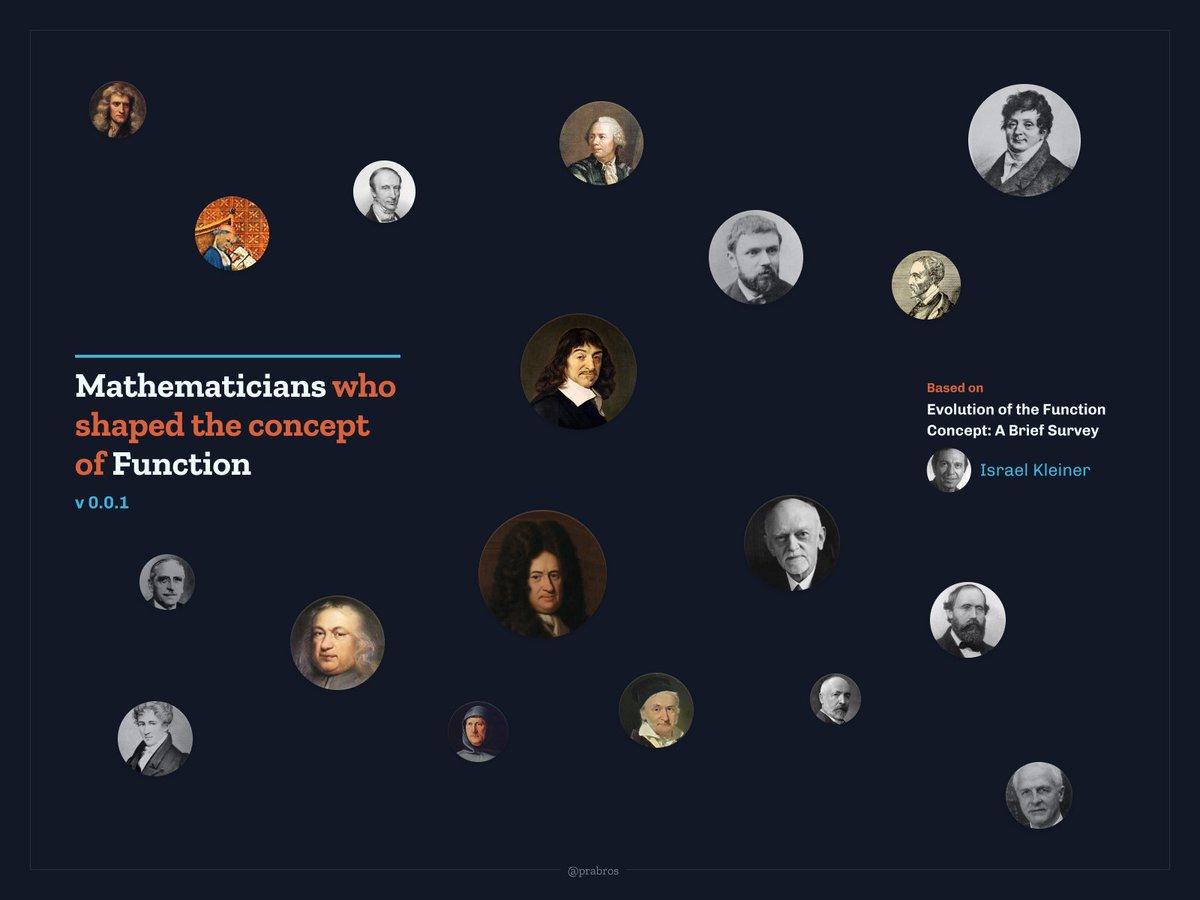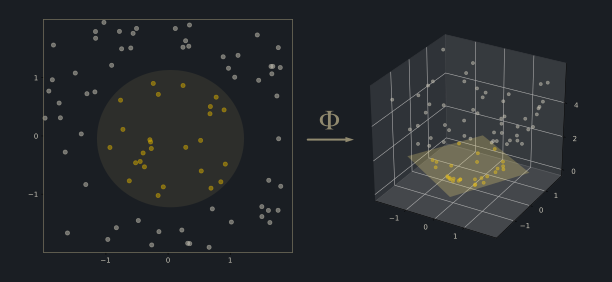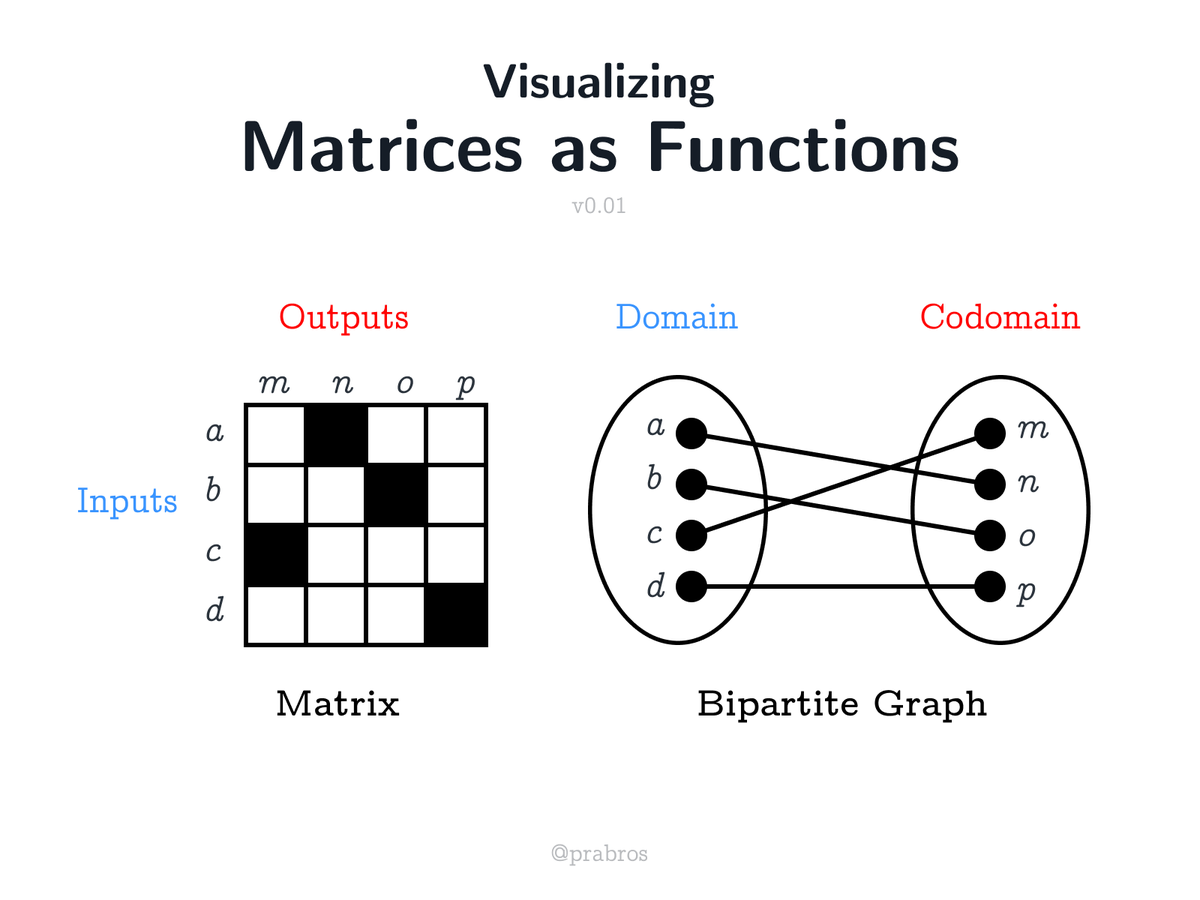Visualized a timeline of some of the eminent mathematicians who contributed to the concept of function. Made this to know their face, their lifetime, and character of their work.
It’s a warm up work for an article I’m penning on the history of function on @patternatlas.

It’s a warm up work for an article I’m penning on the history of function on @patternatlas.


It is funny to see how this exploration of history of analysis I pursued because of its relevance to computation dovetailed with the history of logic that I was exploring parallely:
https://twitter.com/prathyvsh/status/1188787773441888257
Just got to figure out that both Cantor and Boole were exploring ideas in analysis before making breakthroughs in logic.
Cantor worked on the trigonometric series before he published the paper on about 1-1 correspondence of algebraic and natural numbers: math.uwaterloo.ca/~snburris/htdo…
Cantor worked on the trigonometric series before he published the paper on about 1-1 correspondence of algebraic and natural numbers: math.uwaterloo.ca/~snburris/htdo…

Boole’s first published paper in mathematics was called “A General Method in Analysis” that established his reputation. The paper published in 1844 is available here: royalsocietypublishing.org/doi/10.1098/rs… 

• • •
Missing some Tweet in this thread? You can try to
force a refresh
















